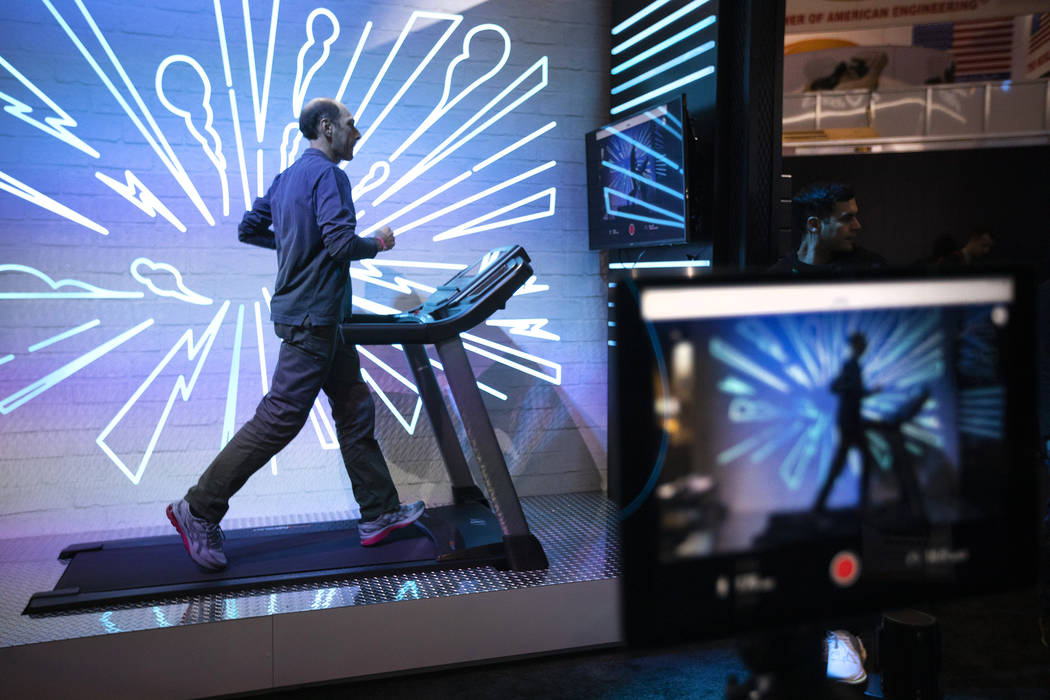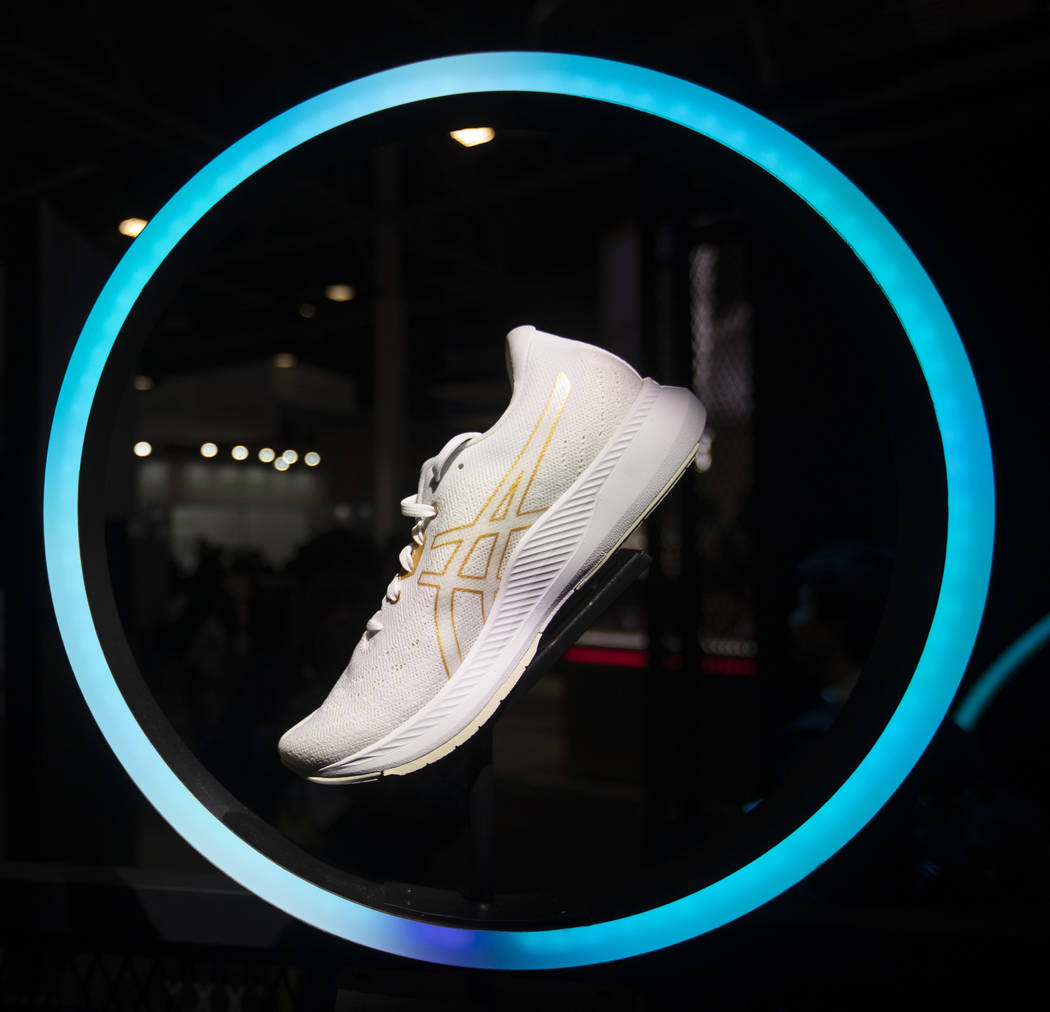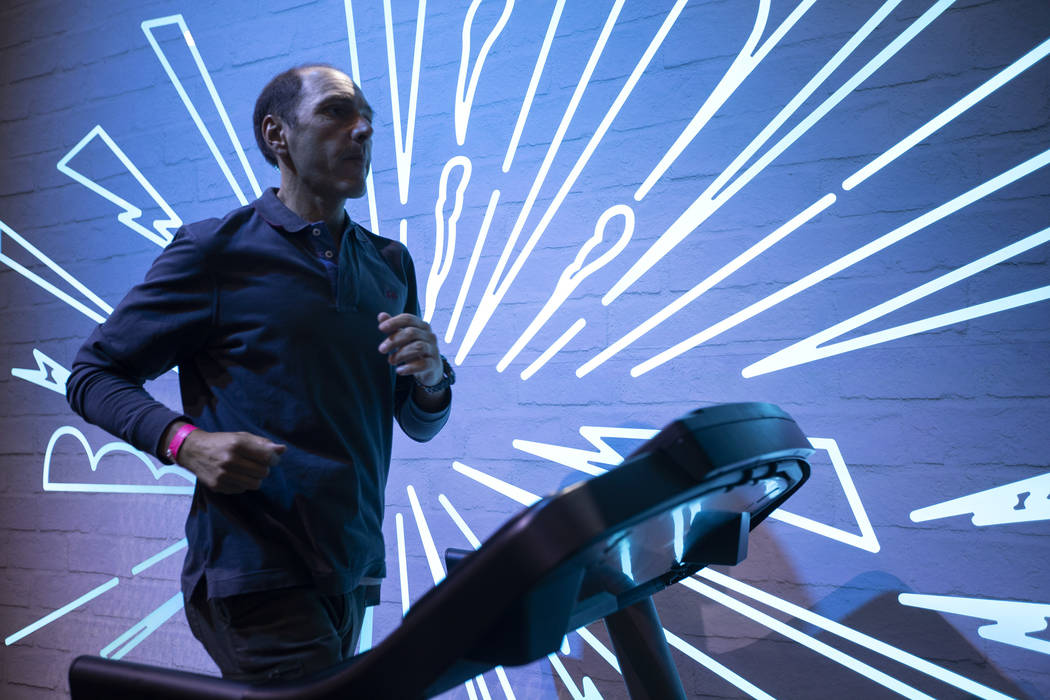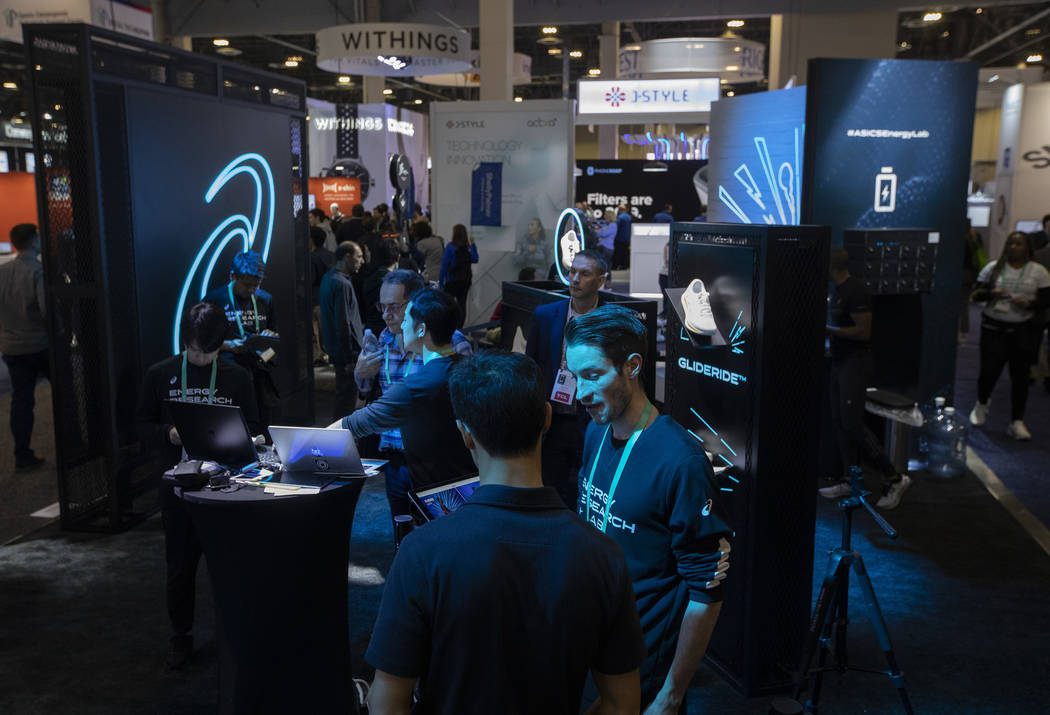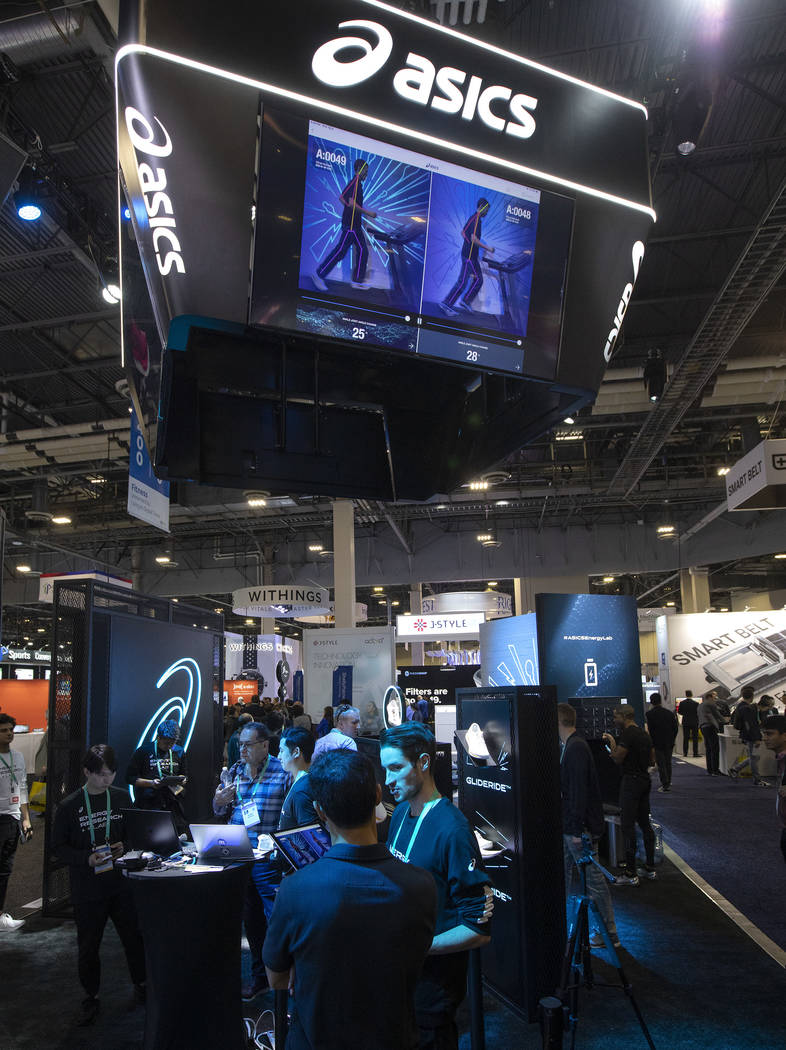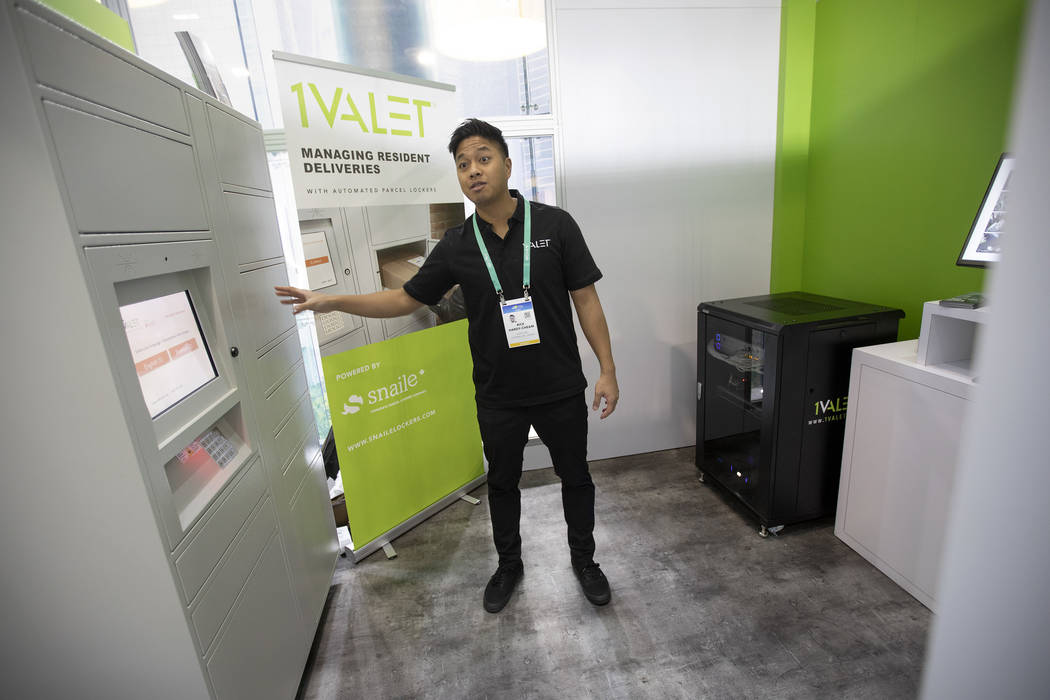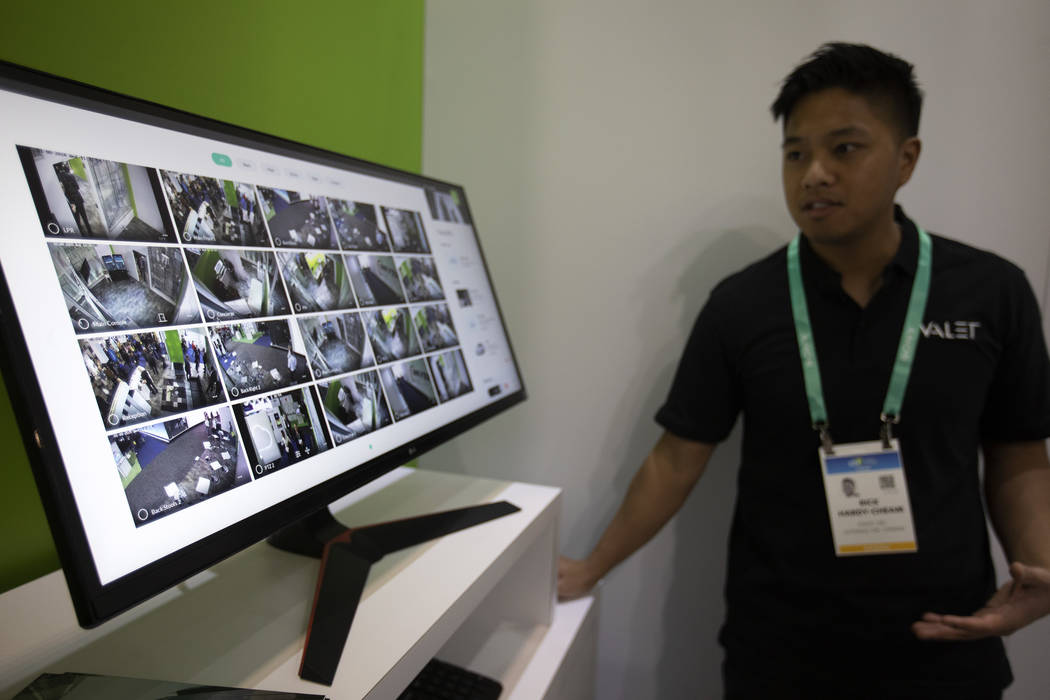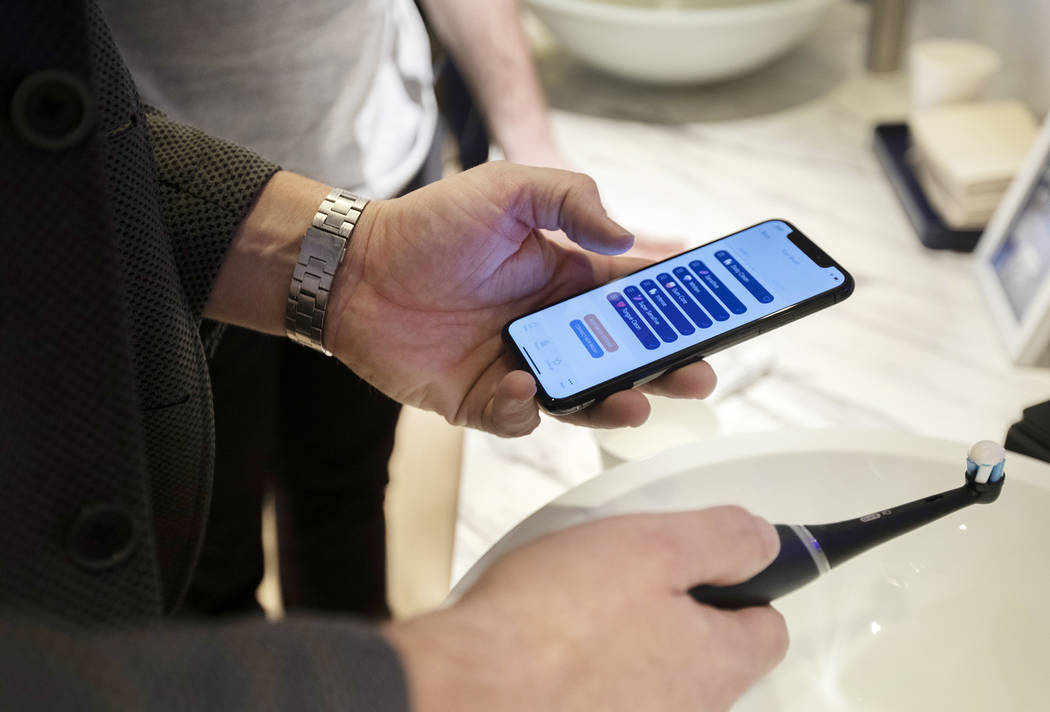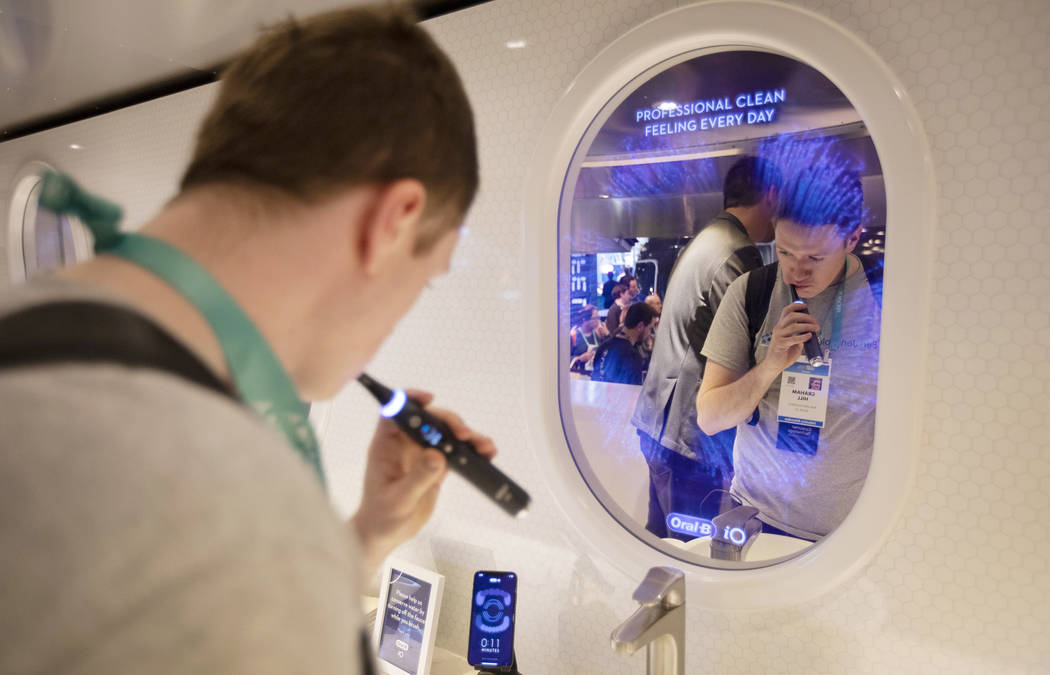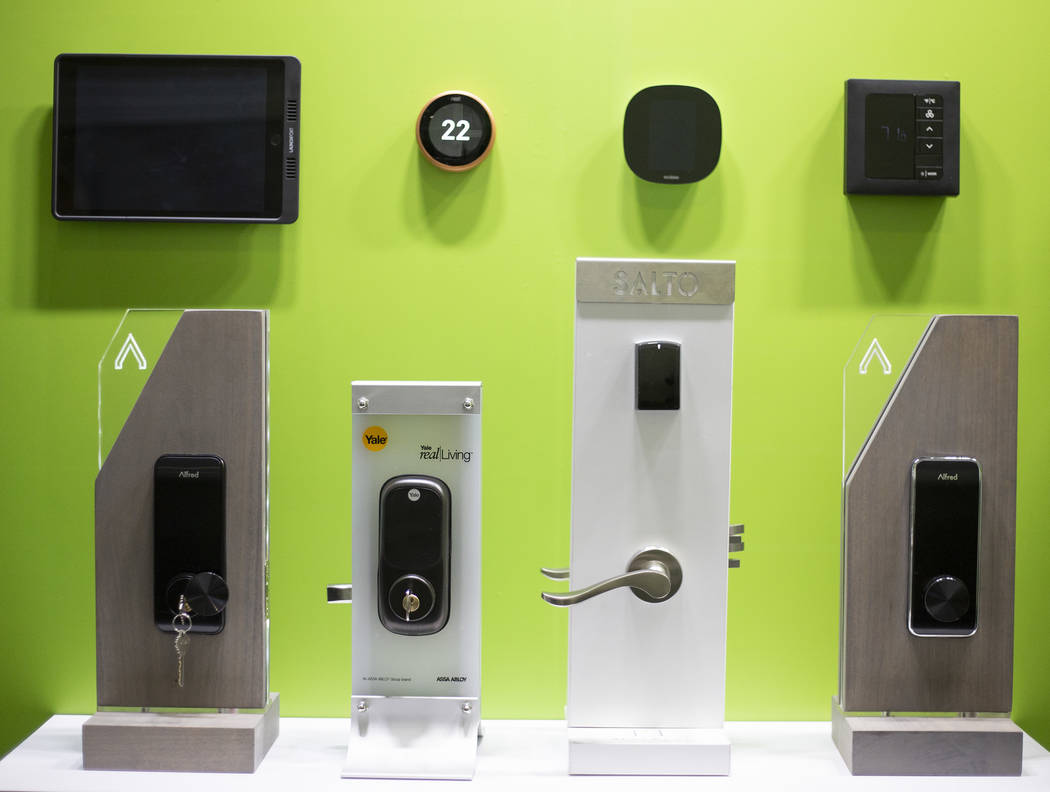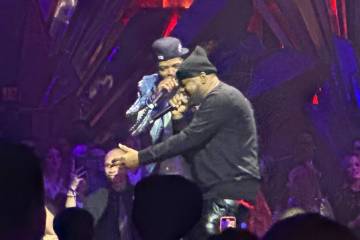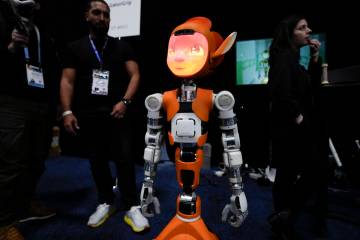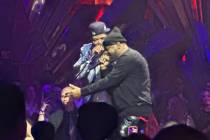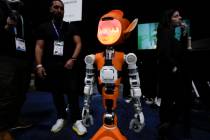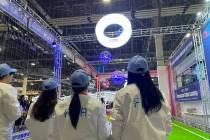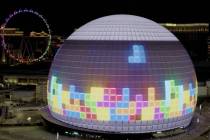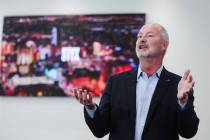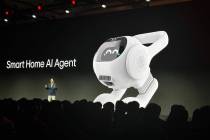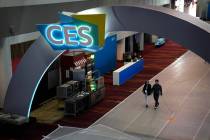People will wait over 1 hour for a good product at CES
More than 4,000 exhibitors are presenting new products at CES in Las Vegas this week. And many of them know how to draw a crowd.
At a trade show where over 180,000 are seeking out the hottest, newest and most interesting innovations, companies need something big, bright or interactive to stand out.
Devices that invite visitors to be the first to try out a new product can warrant hour-long lines of curious techies.
And on a showroom floor where seating is a precious commodity, some companies can garner attention just for offering somewhere relaxing to sit.
“They (attendees) get to see new breakthroughs and ideas in technology,” says Karen Chupka, executive vice president of CES. “Companies tend to come to CES to see how the consumer’s life is going to change.”
As technology continues to grow and evolve, so too does the marketing of it. And hundreds of companies are learning that when people can interact with a product, they’re more likely to be interested.
Oral-B iO Toothbrush
Long lines are common at CES. At any time throughout the four-day trade show, attendees can be found queuing for free swag, product demonstrations and admission to presentations.
At the middle of the Sands Expo Hall D, people waited in line for an hour to try a toothbrush.
Procter & Gamble debuted its iO toothbrush on Tuesday. The model is enabled with Bluetooth, features an interactive design that smiles at users and sensors that indicate if one is brushing too hard.
The brand outfitted a shiny blue Airstream with sinks and mirrors to allow curious visitors to try out the brushes.
“We’ve been telling people, ‘You know you’re in line to brush your teeth and the wait is 45 minutes,” says Graham Rouse, brand manager for Procter and Gamble. “And they say OK.”
Graham Hill of Boise, Idaho, waited over an hour to brush his teeth. After approaching the sink, the water shut off and Hill waited another five minutes for someone to fetch a bottle.
And two minutes later, his chompers were sparkling and he said he never felt so clean.
Asics Research Lab
A major benefit of attending CES is that it’s easy to clock over 10,000 steps.
Attendees who take their fitness goals seriously can be found crowding around the Asics Research Lab, waiting for their turn to undergo a running analysis.
To demonstrate the technology in its new GlideRide running shoe, Asics has two treadmills set up on the CES showroom floor. Attendees can try on a pair of year-old Asics and run while an AI-enabled camera analyzes their movements.
Then runners can slip on the new GlideRide shoes and repeat the experiment.
An app display will analyze the bodies’ movement, including the runners’ ankle joint angle change, leg swing and arm swing, among other factors.
Hernan La Rosa, visiting from Argentina, runs a half marathon a year. He’s never had his running analyzed.
“A small angle in your foot and ankle is better,” he says. “You save energy. The new shoe is comfortable. And I have three less (degrees) while running in it.”
Technological marketing manager Gentaro Makinoda says that goal of the Asics Research Lab at CES is twofold. The treadmill analyses demonstrate the developments of the new shoe. But the lab also allows researchers to be better able to provide person-specific training to runners.
1Valet Condo
Many products at CES promise to simplify our home lives. 1Valet thinks its can consolidate them.
The new Ontario-based company integrates and connects smart technologies to create a unified experience between developers, residents and property managers.
Company designers set up a model condo, with a vestibule, lobby and residential unit. Inside, they walk attendees through a day in the life of someone who own or lives there.
The technology includes an app that connects to a display at the building’s entrance, where visitors can communicate with residents and gain entry. Delivery people will be able to unlock the main door to a high-rise by scanning a package.
Inside the building, a unit’s thermostat and smart lock will sync with an app so that property managers can change locks and adjust the temperature when a tenant vacates.
“Rather than 10 or 15 systems for the camera, the thermostat, the door, or maintenance requests, they will all be unified on one platform,” says Rick Hardy-Cheam, vice president of sales and marketing for 1Valet.
Ebb Therapeutics
Dr. Eric Nofzinger has been an academic researcher of sleep and professor for 25 years at the University of Pittsburgh School of Medicine. He has found that 174 million people in the United States have difficulty falling asleep at night.
“We did brain imaging studies to find out why they’re not able to sleep at night time. And what we found is that their brains were just too active. They couldn’t settle their minds down,” says Nofzinger. “The idea then behind the the device is, in other disciplines of medicine, we know that if you can cool brain tissue, you can actually reduce the activity in that area of the brain.”
The Ebb wearable sleep device is intended to calm the mind and help users drift off the sleep using a forehead wrap that stays cool through the night via a bedside cooling unit.
On a showroom floor with a glaring lack of seating, Ebb set up a reclining lounge chair where wary attendees can strap the cooling device to their forehead, lay back and drift off for a couple minutes.
Contact Janna Karel at jkarel@reviewjournal.com. Follow @jannainprogress on Twitter.



